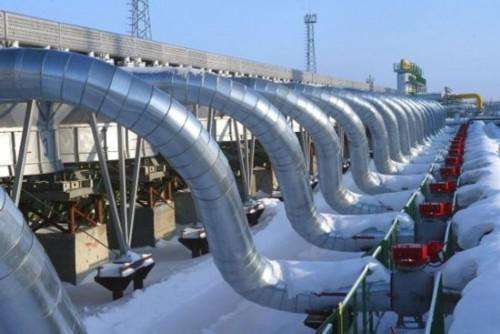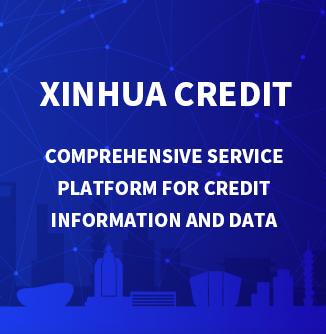
With the release of Several Opinions on Deepening Reform of the Oil and Natural Gas System and a cut in value-added tax (VAT) for natural gas, market-oriented reforms in China’s natural gas industry will be further accelerated, according to an article published by Wang Xinzhe, researcher at Natural Gas Market Research Center of the CNPC Economics and Technology Research Institute, and Shan Weiguo, director of the institute, on June 6.
A dip in oil prices has lowered the cost for importing liquefied natural gas (LNG) in Northeast Asia while also loosened up the natural gas supply. As a result, domestic natural gas prices are facing a downward pressure in all the countries in the region. As new players flock into the LNG industry, the attitude of suppliers and even the governments toward market-oriented transactions and pricing strategies is also taking a turn.
Guided by the principle of “let the market forces play the decisive role”, China has been working to reform its natural gas market in recent years through upstream operations, regulating prices, development of pipeline networks and other initiatives. China realizes that while it must accelerate the natural gas reform, the priorities of the reform still need to be set straight.
The experts have put forward two proposals for China’s reform of its natural gas market:
1. Expedite Market-Oriented Pricing Reform for Non-Resident Consumption to Lower Cost for End Users: Starting 2013, China’s National Development and Reform Commission (NDRC) has lifted restrictions on the gate-station prices of unconventional natural gas and imported LNG, direct supply to industrial users and fertilizer makers. However, the retail prices have remained under the control of local pricing authorities. The NDRC recently released Guidance on Strengthening Regulation on Gas Price and Promoting the Reform of Gas Sales Prices for Non-Resident Consumption (Exposure Draft). The draft is aimed at paving the way for full-on liberalization of gas sales prices for non-resident consumption. Apart from that, the document specified an upper limit of 6% for after-tax income of gas companies. Once implemented, the Opinions will effectively lower the retail price of natural gas while spurring non-residential gas demand by power plants and other gas-consuming industries.
2. Prioritize the Implementation of Pipeline Network Reform and Expand Network Outreach: The latest guidance on this reform includes Measures for Administering the Price for Pipeline Transportation of Natural Gas (Trial) and Measures for Regulating the Price and Cost for Pipeline Transportation of Natural Gas (Trial); both issued in October 2016. The measures clearly specify the new pricing method for pipeline transportation. The two documents have set a permissible rate of return at 8%, indicating that the cost for pipeline transportation is being lowered as a whole. Besides, they also require the pipeline transportation business to practice independent accounting to prepare for fair access.
It is noteworthy that those two sets of Measures are targeted only at cross-provincial long-distance pipelines, rather than intra-provincial ones. To this end, experts suggest China expedite the separation of gas distribution from its sales, and encourage and enable users to independently choose their own gas sources. In this way, both supply and demand can be vigorously spurred, while deepening reform of downstream operations in competitive businesses.




 A single purchase
A single purchase







